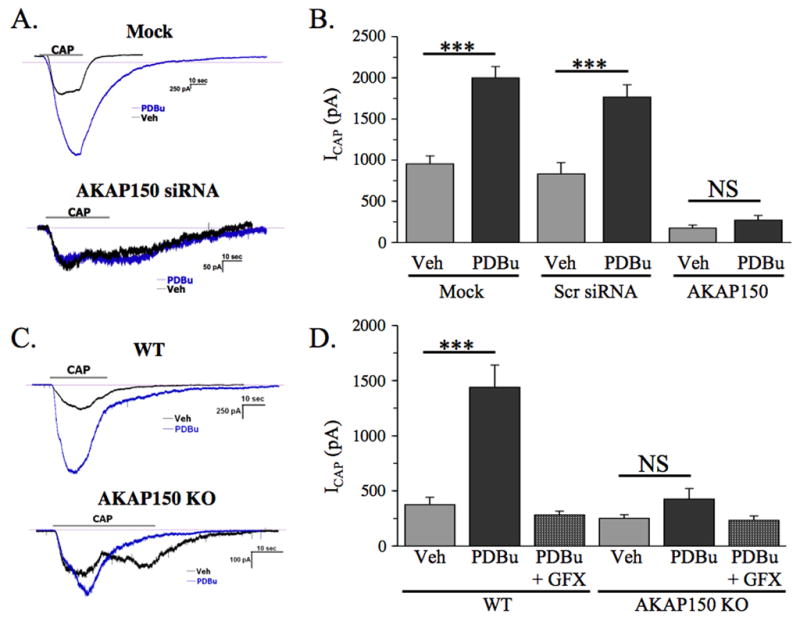Figure 5. PKC-mediated sensitization of capsaicin(CAP)-induced inward current is dependent upon AKAP150 expression.

A. Sample CAP-current traces from mock transfected and FITC AKAP150 siRNA-transfected rat TG neurons pre-treated with vehicle (black) or PDBu (blue, 1 μM, 5 min) prior to CAP treatment.
B. Cummulative measurements of CAP current from rat TG neurons transfected in a mock setting, with scrambled control siRNA (Scr siRNA), or with FITC-labeled AKAP150-specific siRNA. Results are representative of 6–8 neurons per transfection/treatment.
C. Sample CAP-current traces from TG neurons isolated from wild-type (WT) or AKAP150 knock-out (AKAP150 KO) mice, pre-treated with vehicle (black) or PDBu (blue, 1 μM, 5 min) prior to CAP treatment.
D. Cummulative measurements of CAP current from TG neurons isolated from wild-type (WT) or AKAP150 knock-out (AKAP150 KO) mice. GF109203x (GFX, 3 μM), a general PKC inhibitor, was co-treated with PDBu, as indicated. Results are representative of 6– 10 neurons per treatment.
*** p<0.005, NS: no significance, as determined by student’s t-test.
